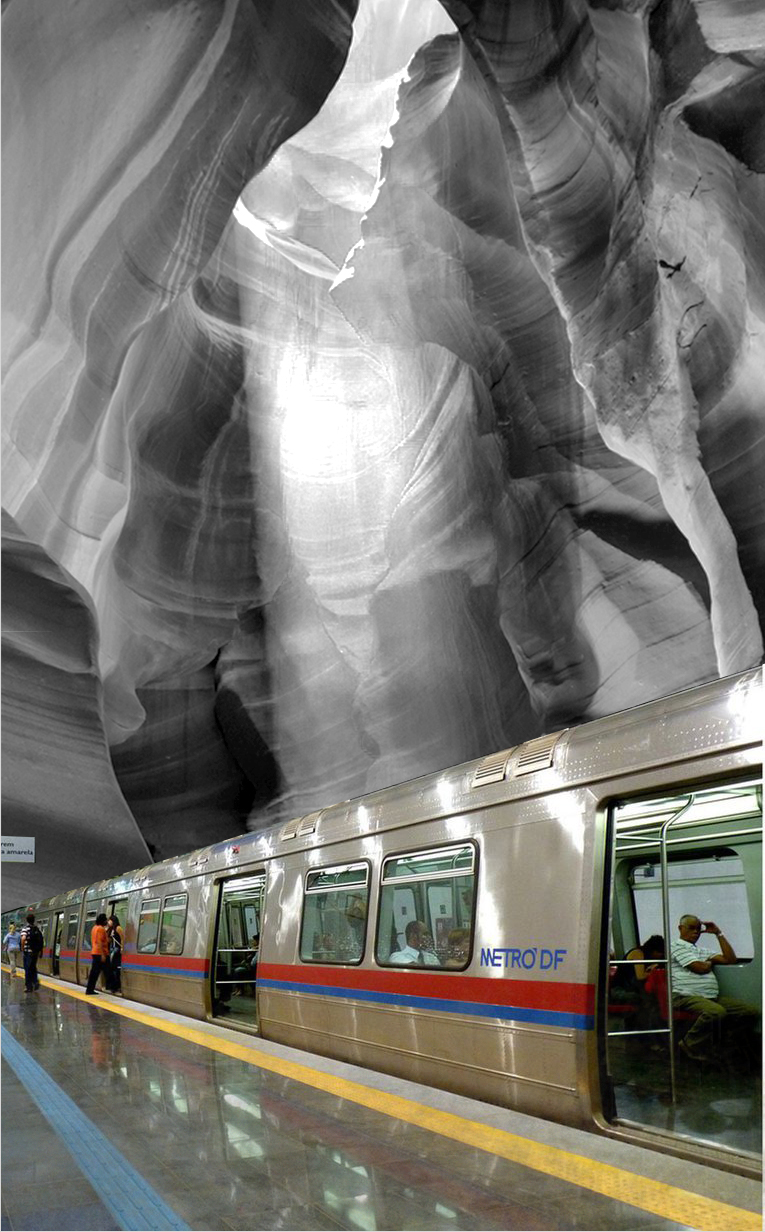Brasilia
Archana Bangalore Ramesh, Sean Yeo Xuan Wei, Yuk Yee Chan
2020 marks the 60th year since the capital city of Brasilia was built from scratch. The plan conceived by Lucio Costa embodies the principles of modernism set out in the Athens Charter of 1933. The result is an urban form that is monumental in scale, separated by functions and accessed by automobiles on expansive highways.
Three schemes were generated in response to the form of Brasilia. The first responds to reduced opportunities for social interaction and experiences caused by the automobile-based grid. A human-scale pedestrian network is generated based on desire paths and occupation patterns are tested using aggregations along the network. Opportunities for diverse urban experiences occurring at the interface of built form and street are produced by designing fragments of the city through assemblage.
The second tackles spatial efficiency and limited people activity in Brasilia by introducing a canal to replace an existing motorway with a self-driving boat system. Superblocks and open spaces are linked with connectors to transform spaces to places for people to visit for making good use. It not only connects spaces but also connects people to landscape, nature and provides activities.
The third responds to the extensive network system taking up the majority of space without density that fully utilized it. The idea arises of how to take transport orientated design and compress it so that we travel from a miniature city to another, instead of within a city. The result are sculptural growths that contain density, and the intensity of a city within.













